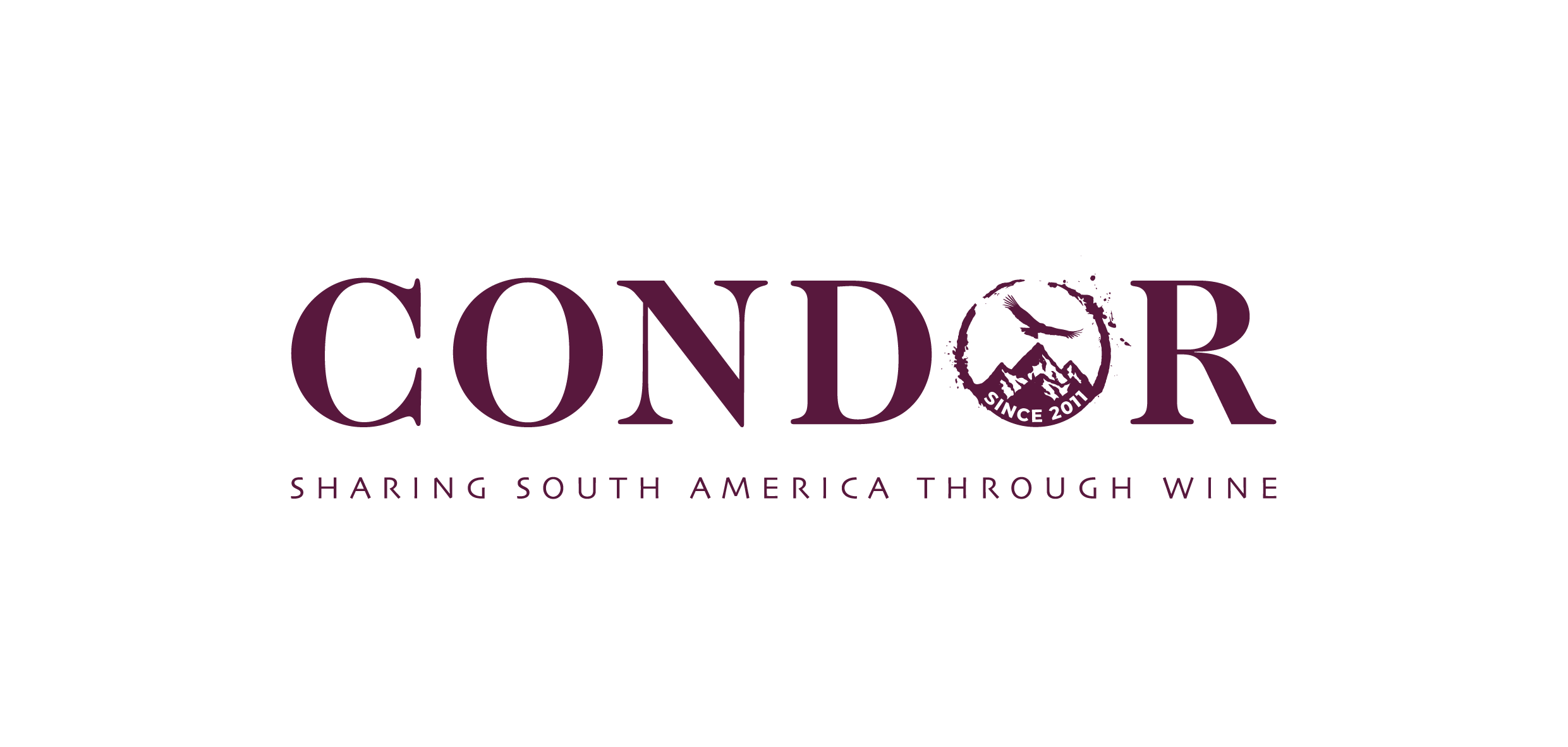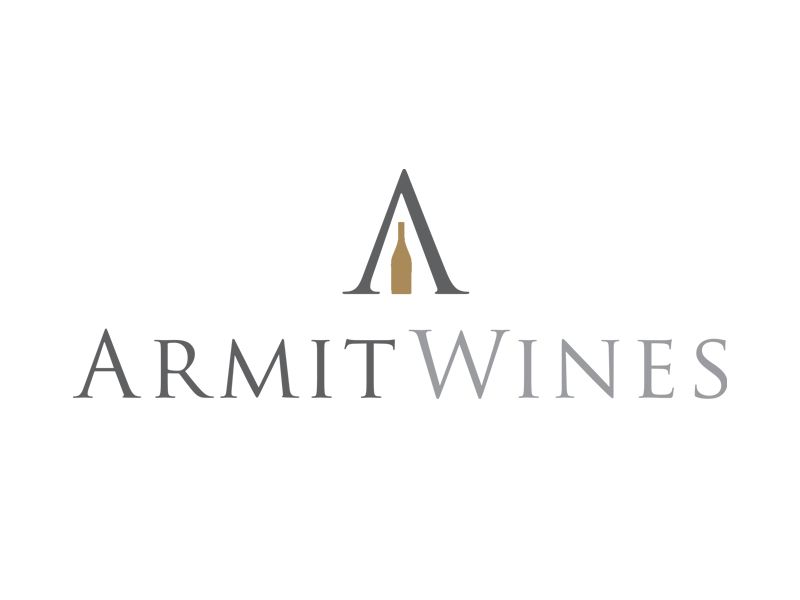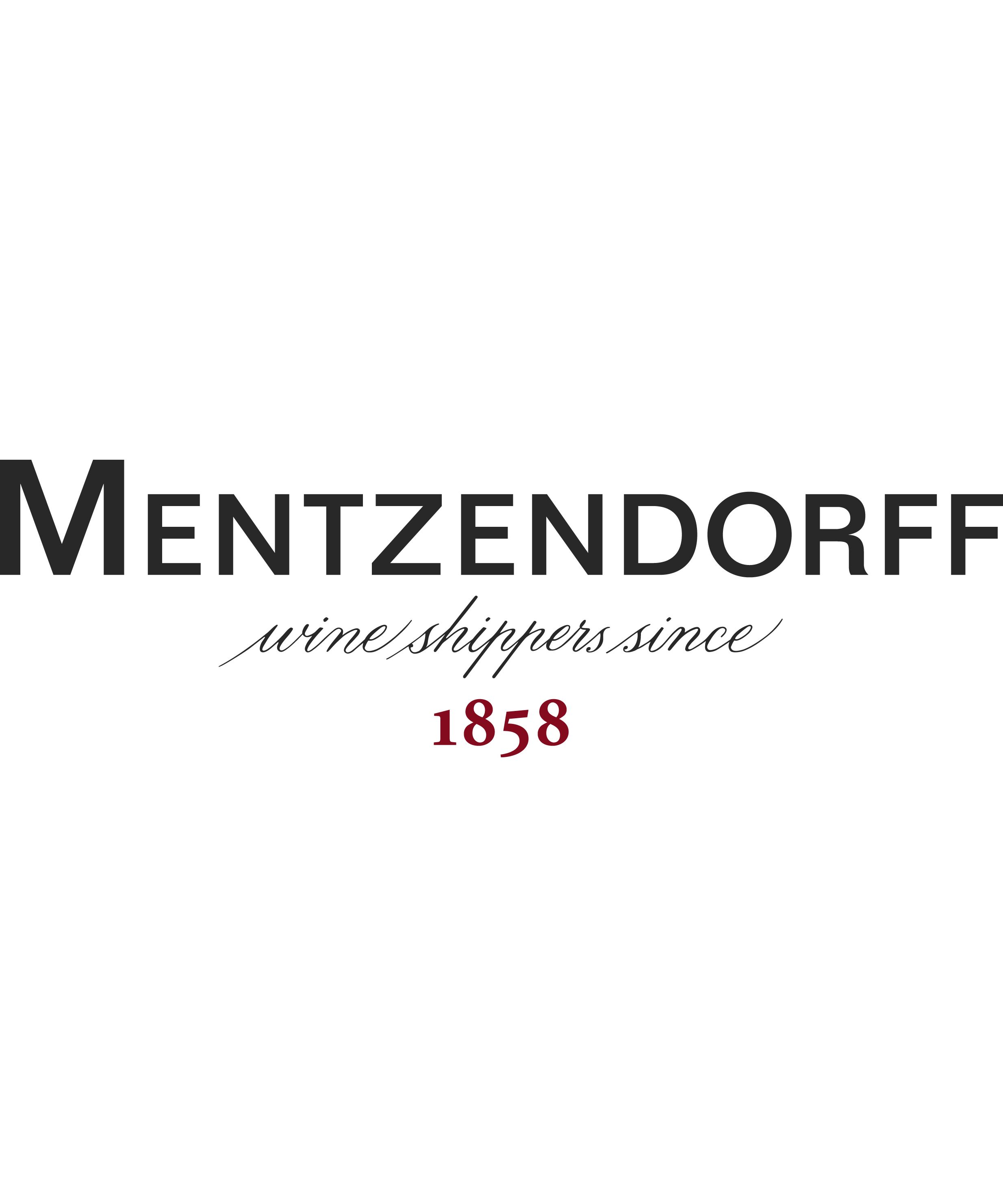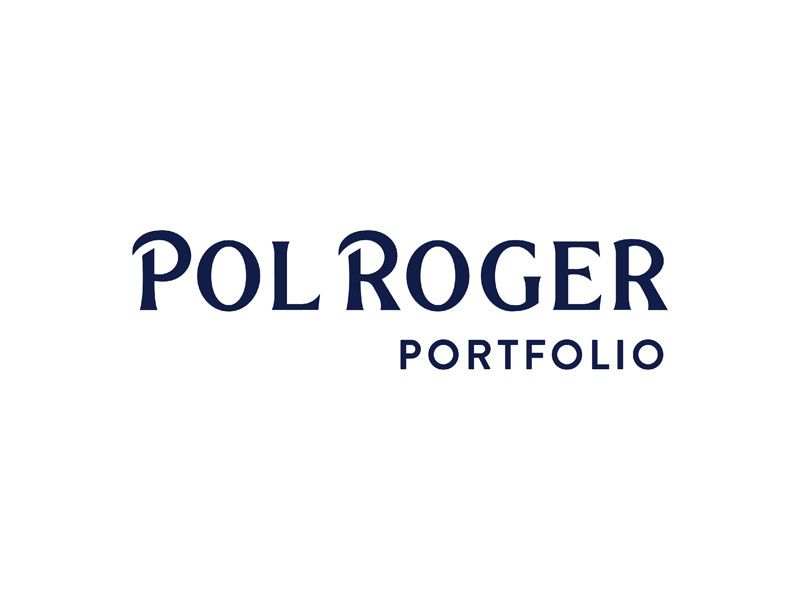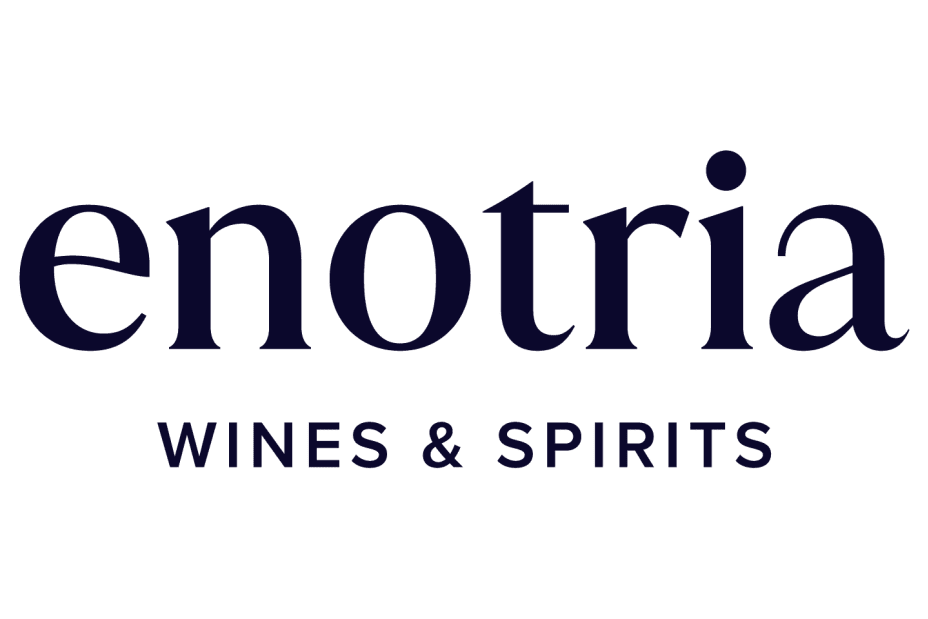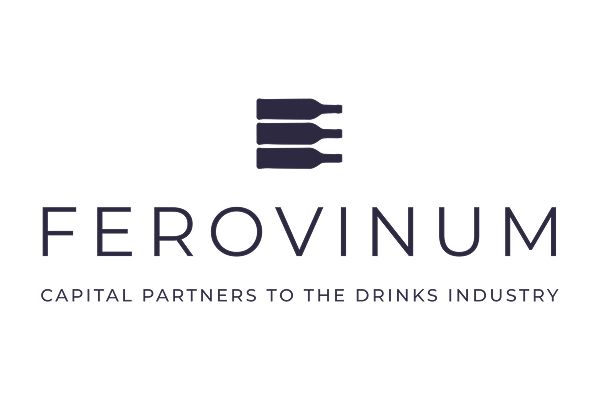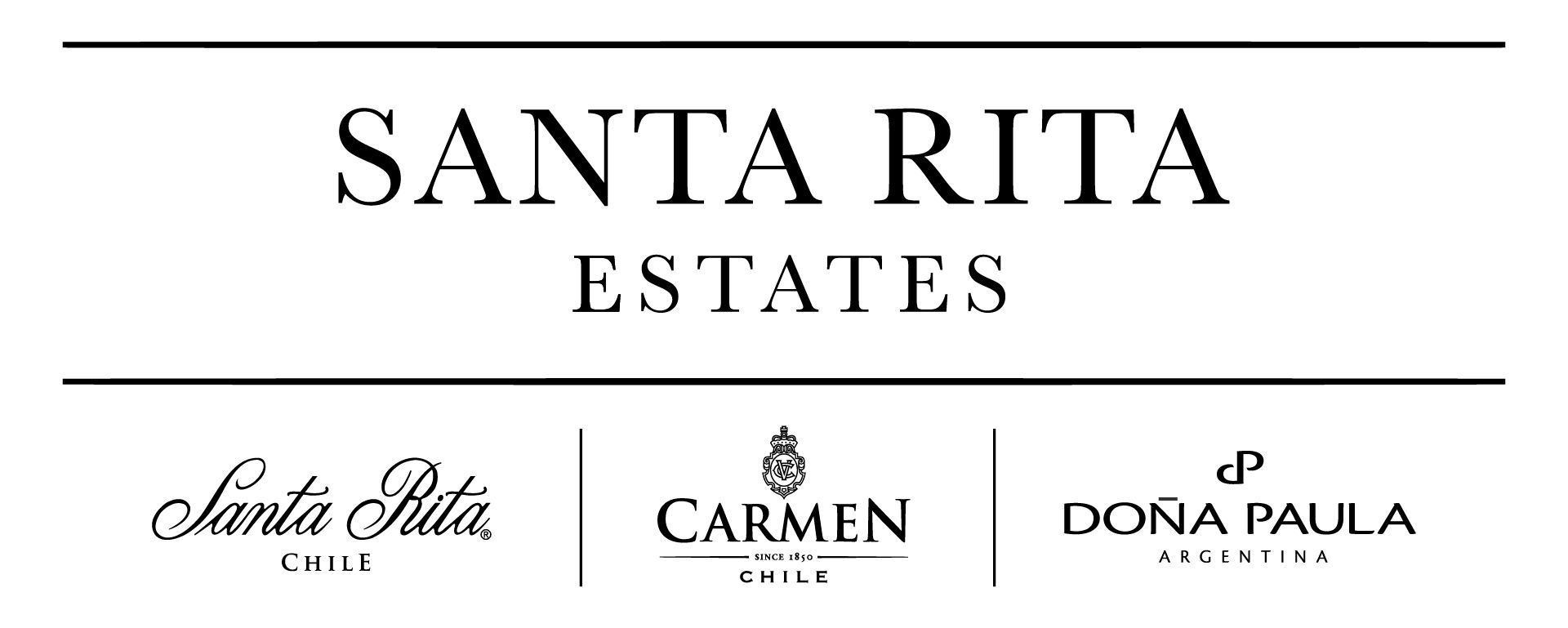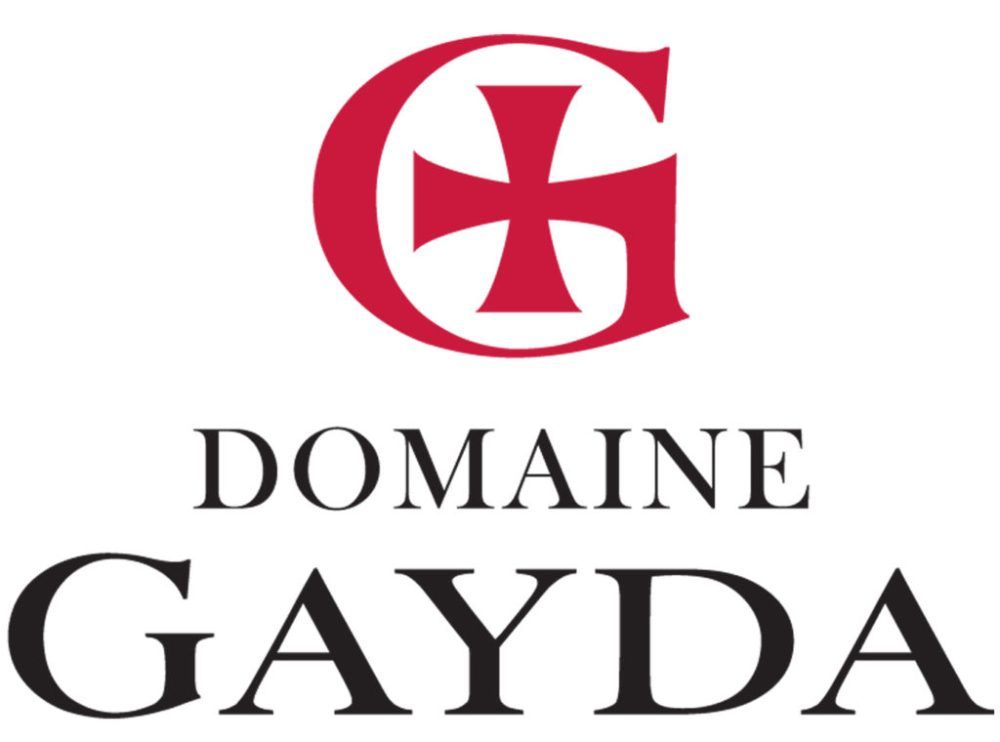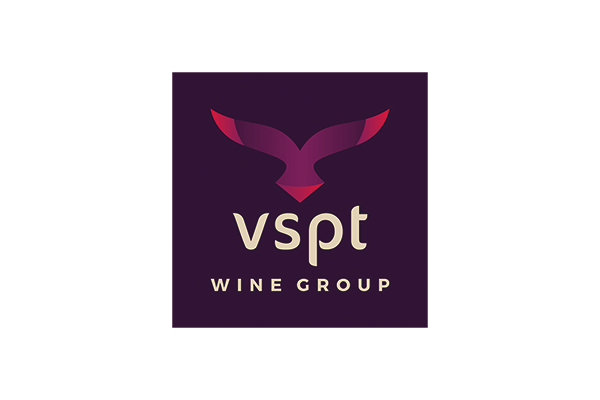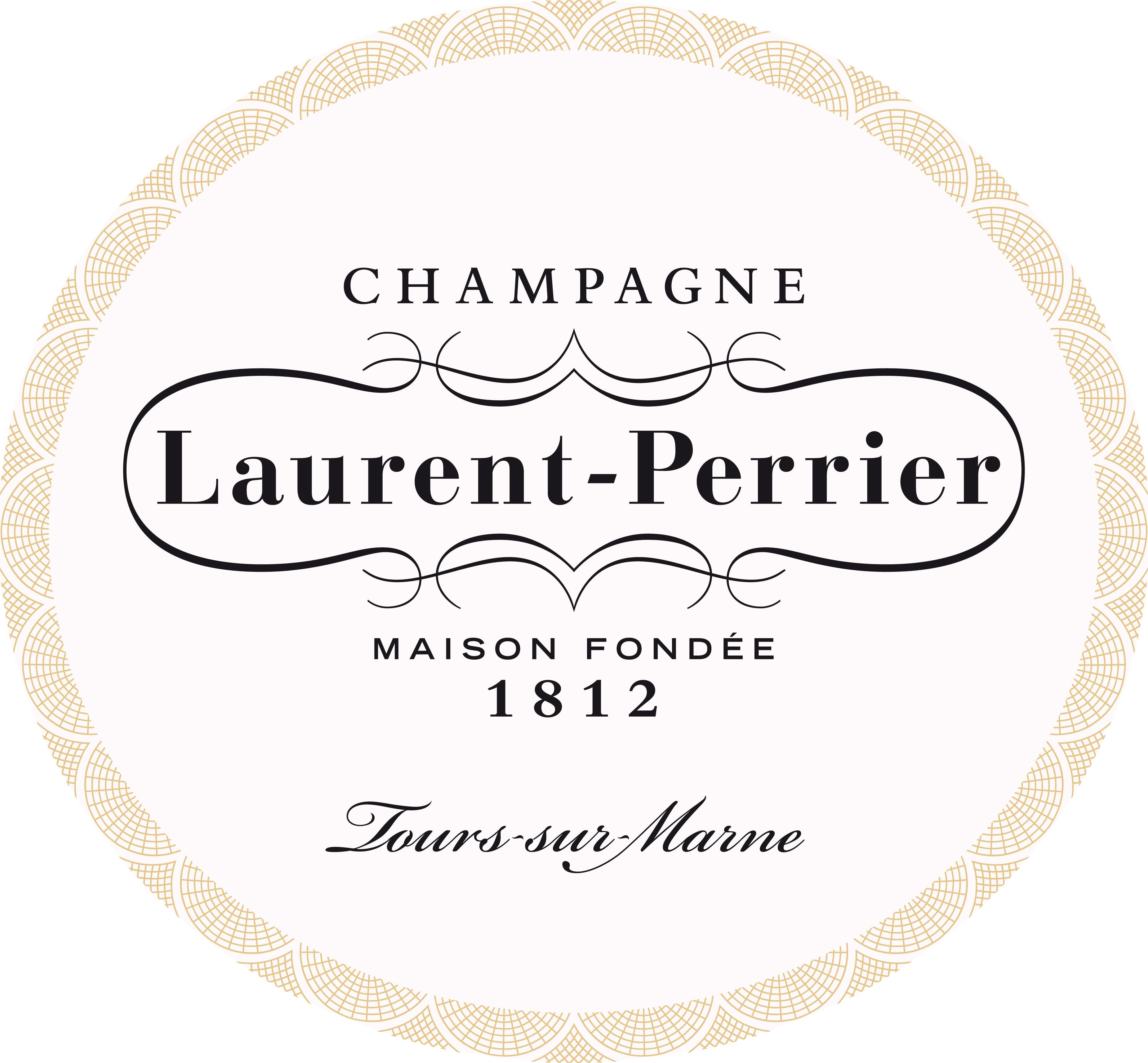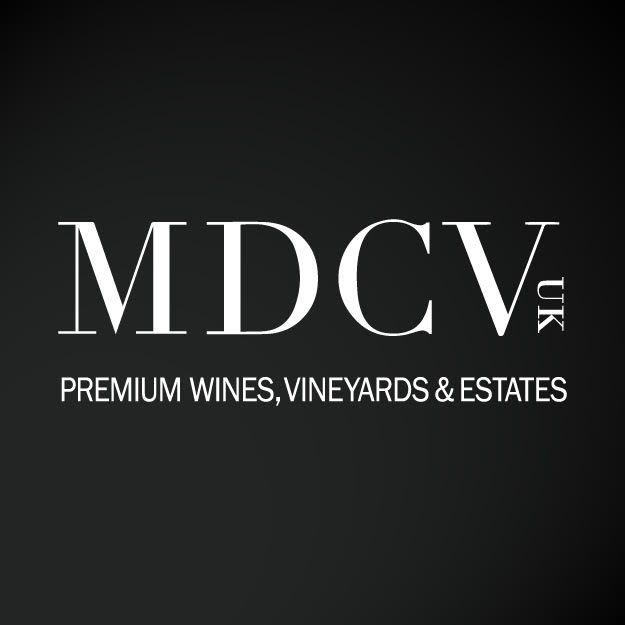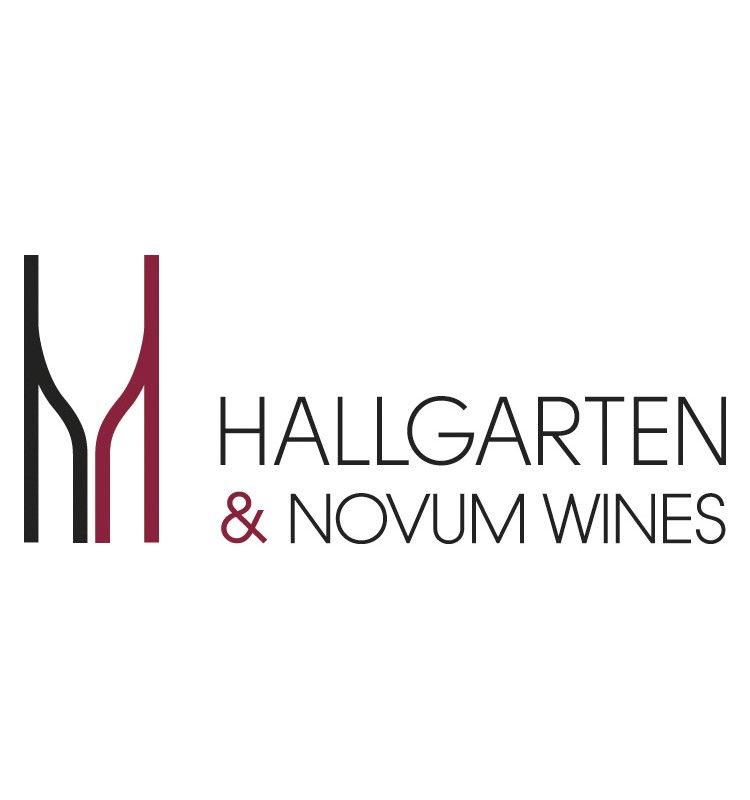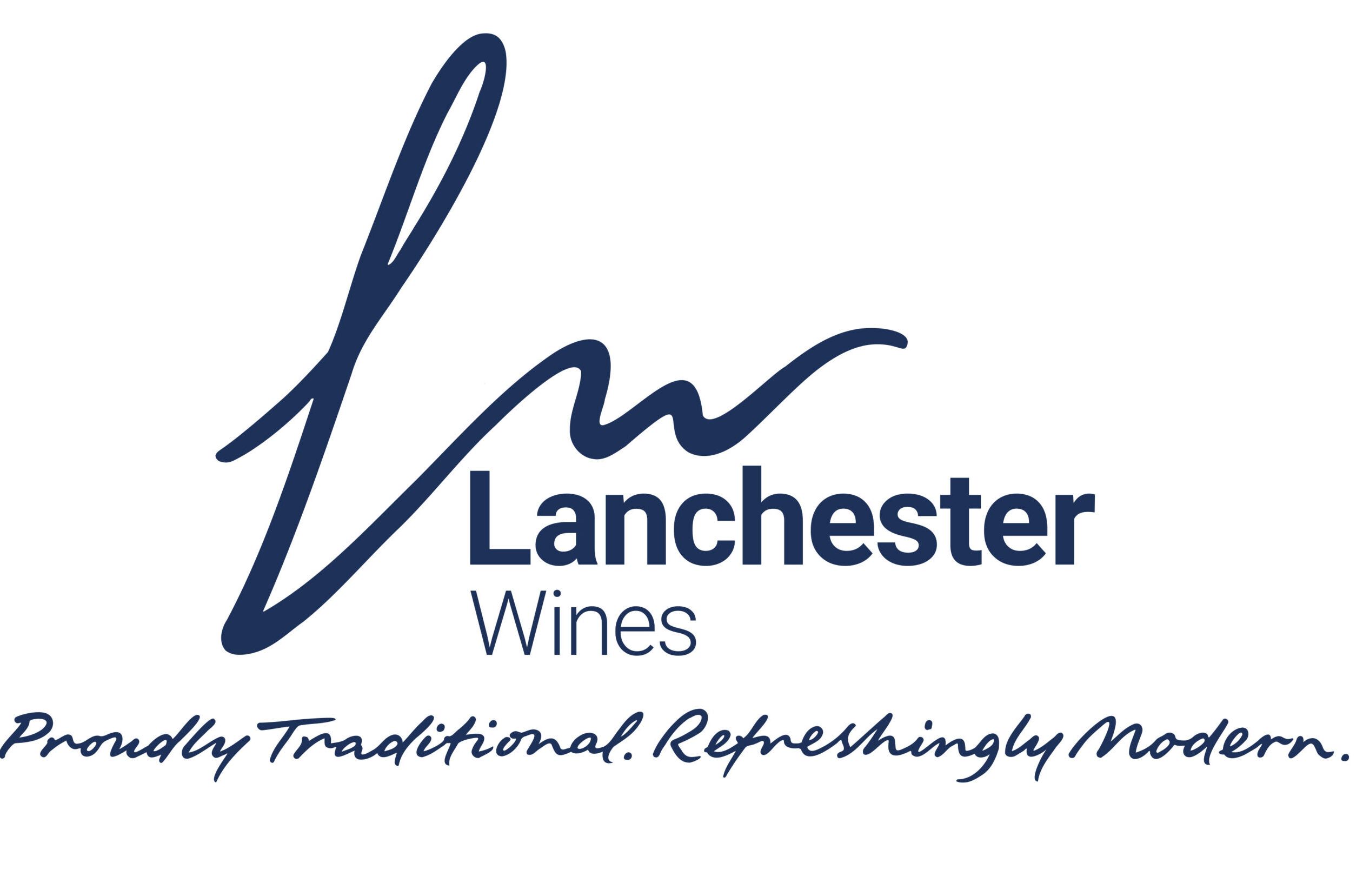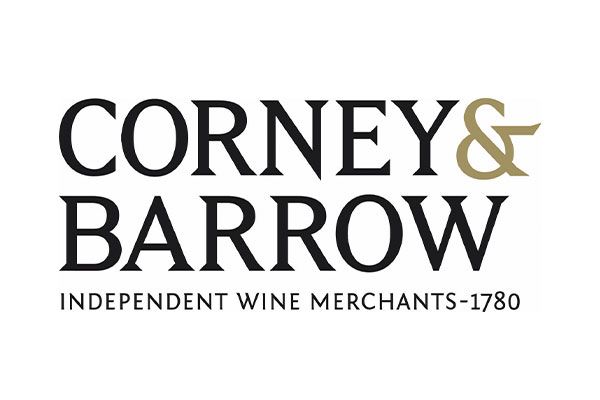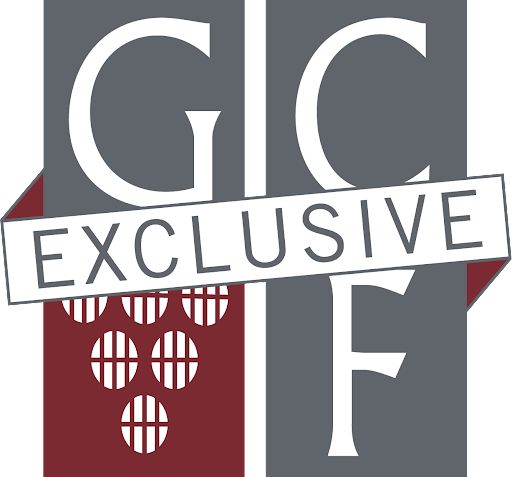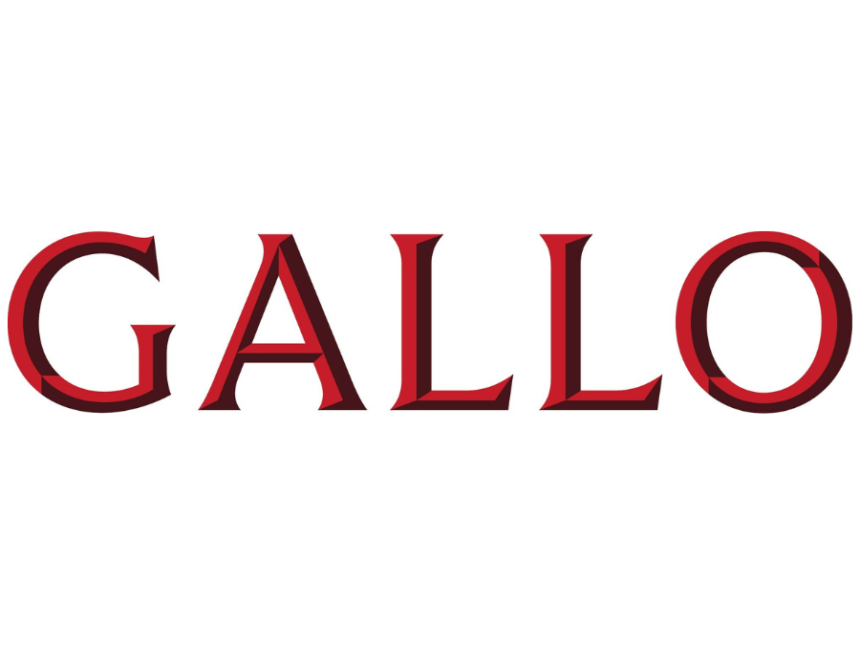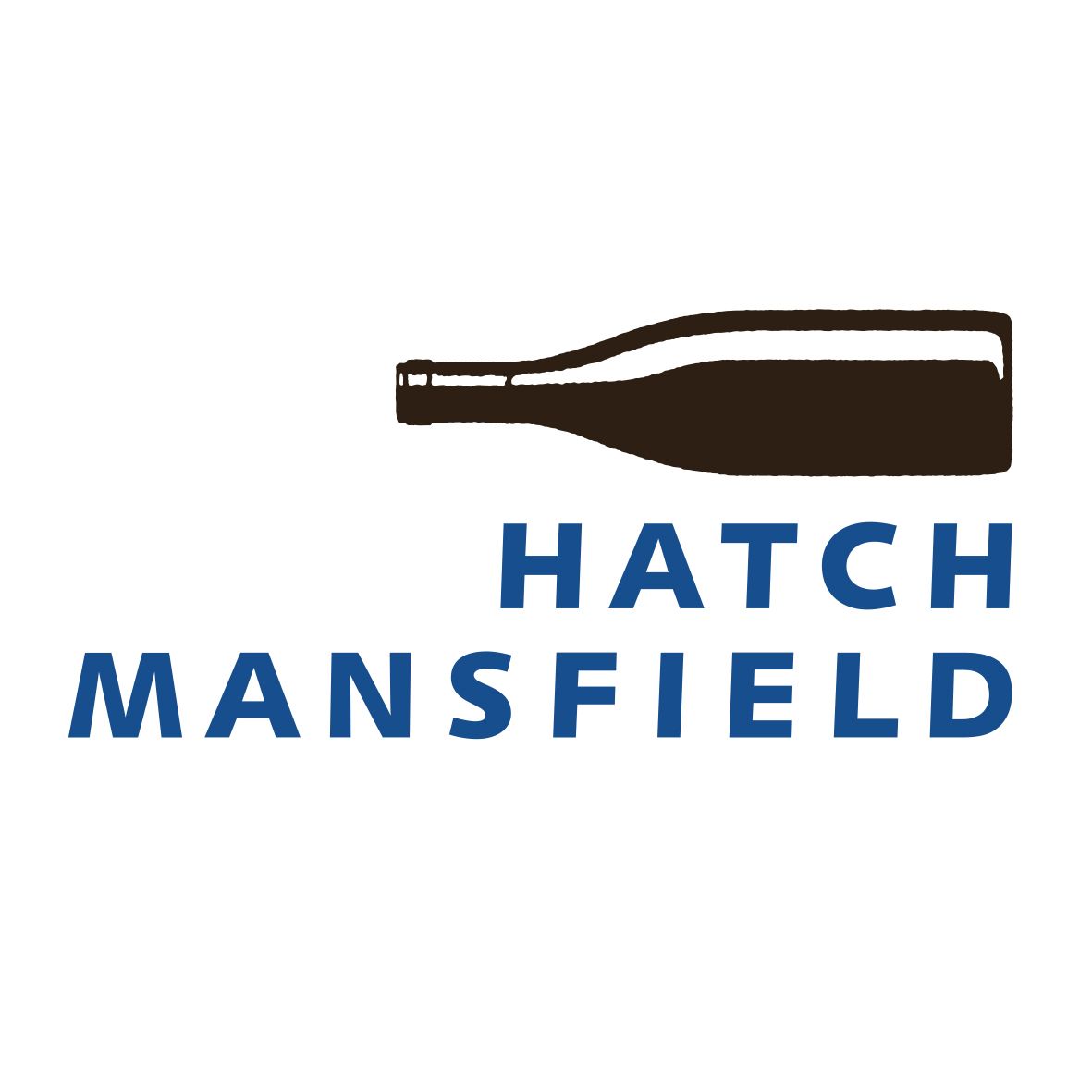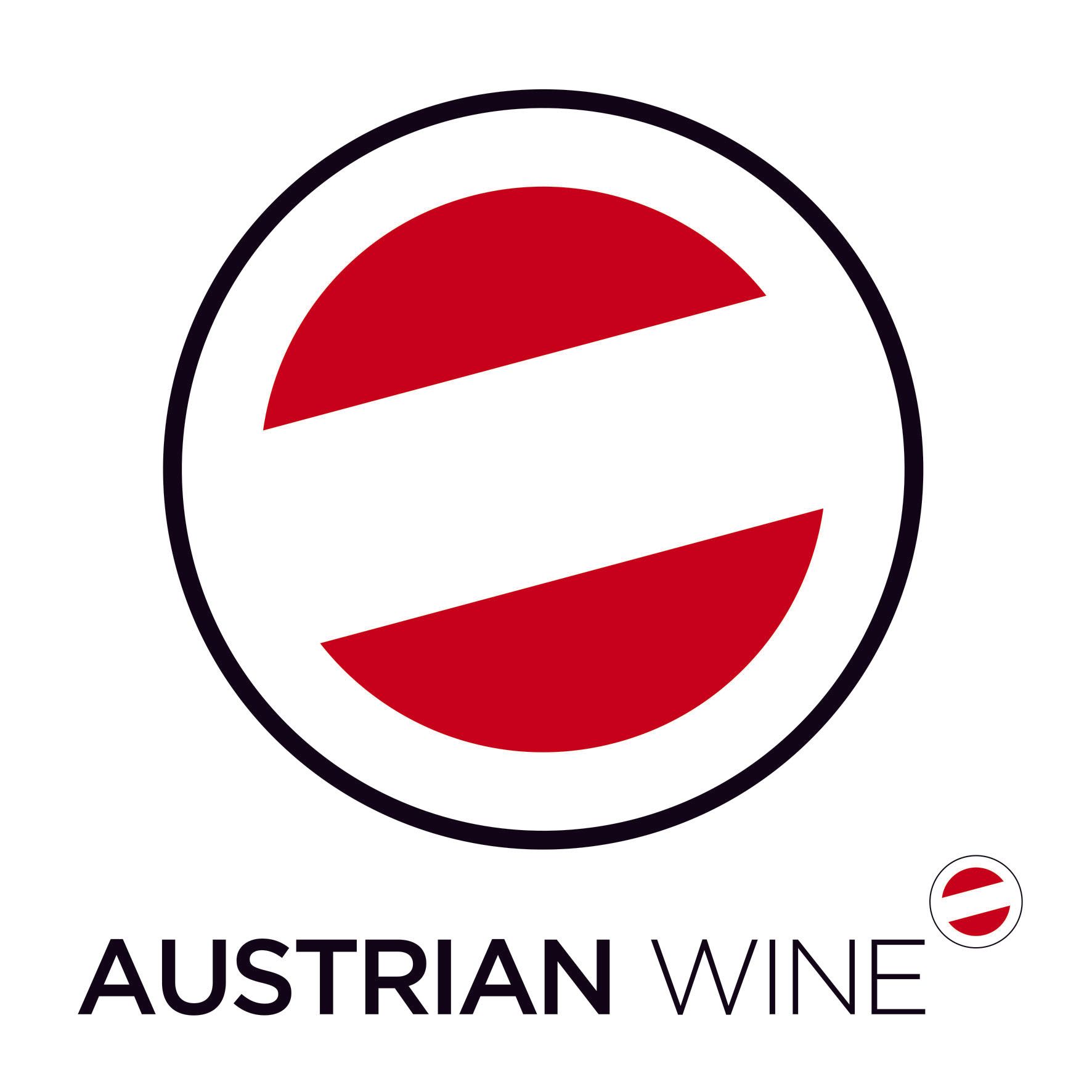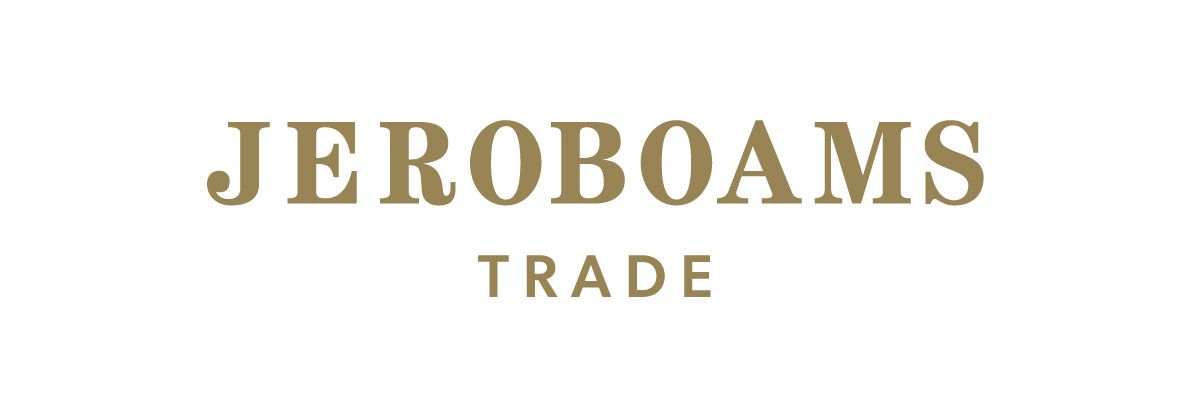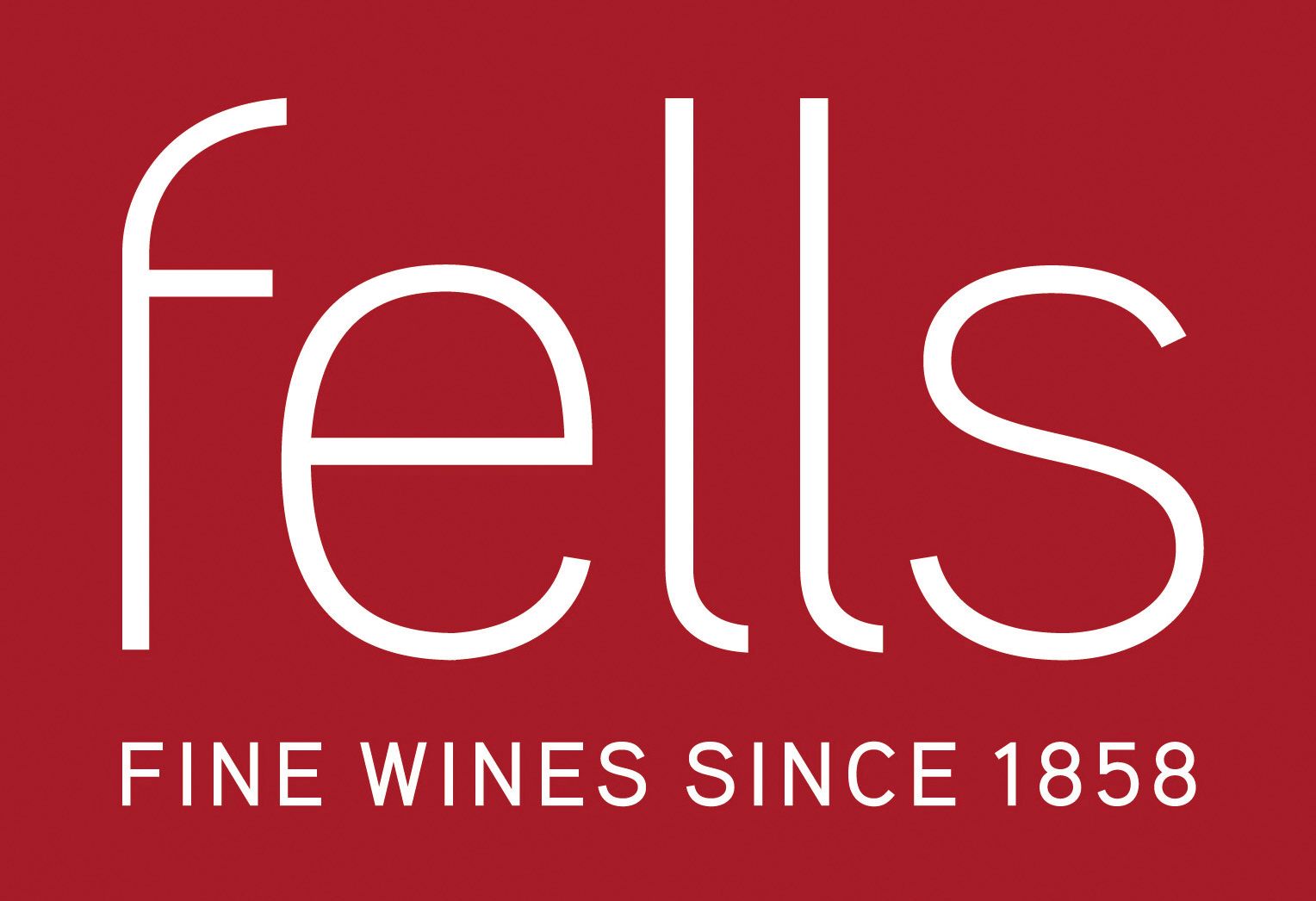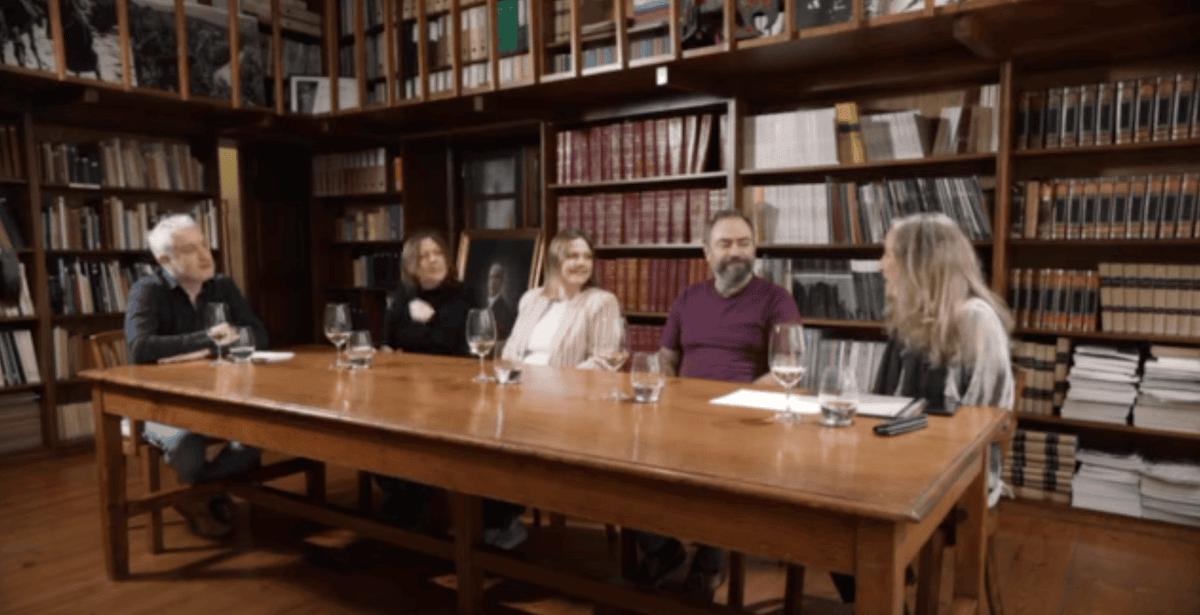The resurrection of Italian wine behemoth Ricasoli 1141 reads like a fairytale – it even has a happy baron and an enchanting castle in the story. Raising the finance to buy back his historical family estate that dates back to the twelfth century and of which he is the 32nd generation owner, Barone Francesco Ricasoli has revitalised a once-great Italian winery and knocked it back into even better shape.
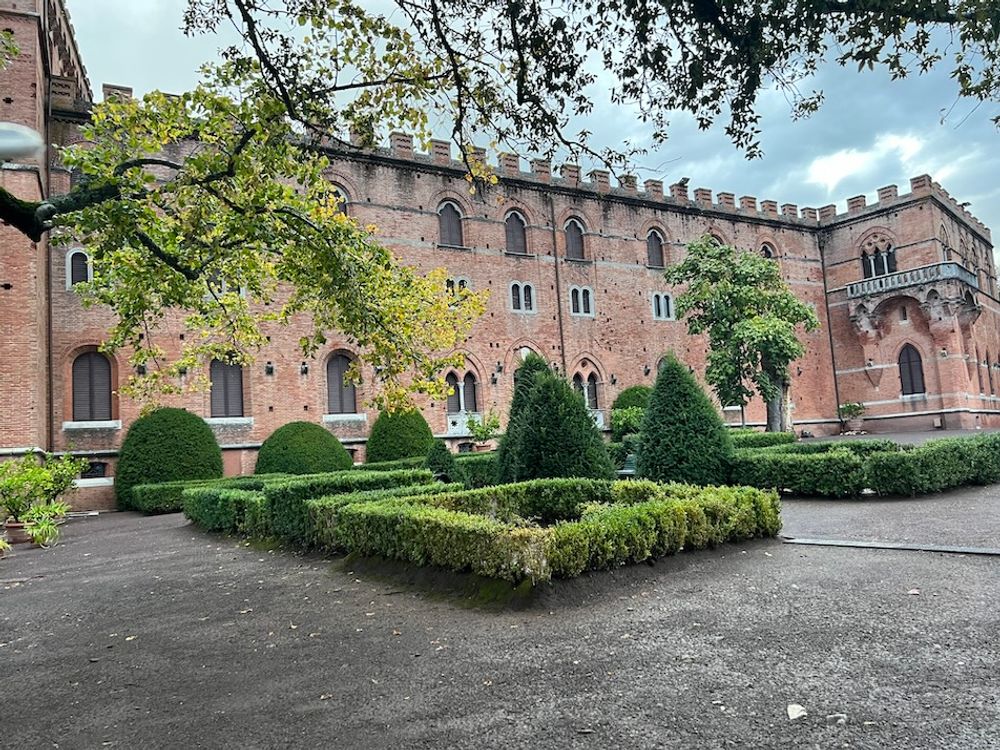
Restored to its former glory, the Castello di Brolio is a key landmark in Gaiole
Working from the sub-soil up, Francesco has made full use of new quality control in Chianti Classico and started producing wines that are becoming recognised as some of Italy’s finest. But his stature has come about not just through what he has done in the wine estates but also from being a central pillar of the Gaiole community, as I discovered when I visited him in Tuscany on the eve of last year’s L'Eroica.
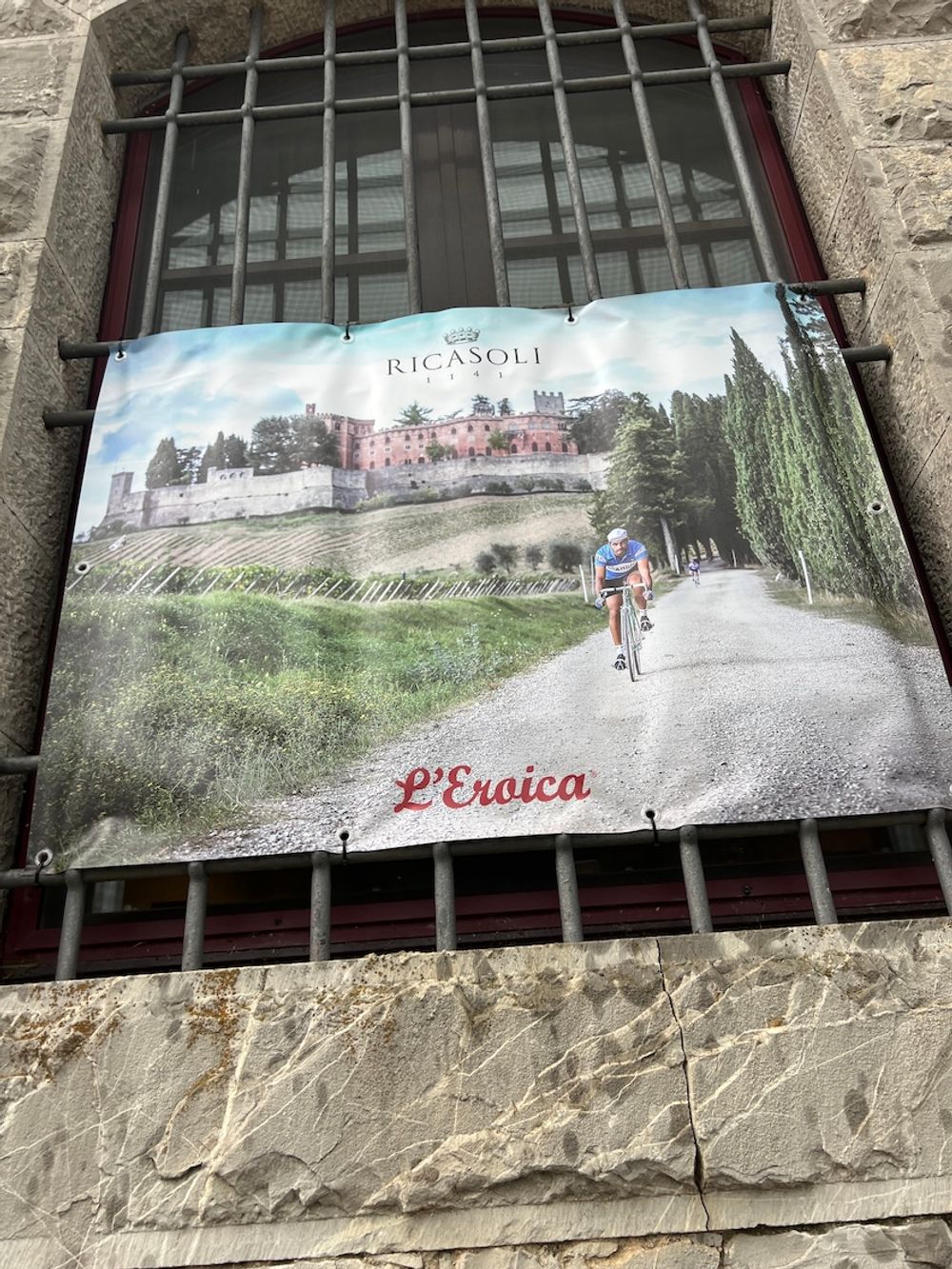
Ricasoli is a key sponsor of a cycle race that has to be completed on steel bikes and in vintage clothing
Resurrecting a giant of Italian wine
From the moment I arrived at the Ricasoli winery in Gaiole, deep in the heart of Chianti, to be greeted by Francesco it was plain to see that he is the main man in town – literally a ‘king’ of the castle.
Cycle fans downing ice cold Moretti in the bar opposite salute, and the race organisers doff caps as they place the giant candles either side of the steep road that climbs to the castle and will light the way for those riders taking on the complete 211 km Eroica route tomorrow – they start at 4am and some will end at 10pm.
It won’t be a surprise if some of the riders on an adjacent table at dinner do not make sunrise at all by the looks of how much Chianti they’re getting through!
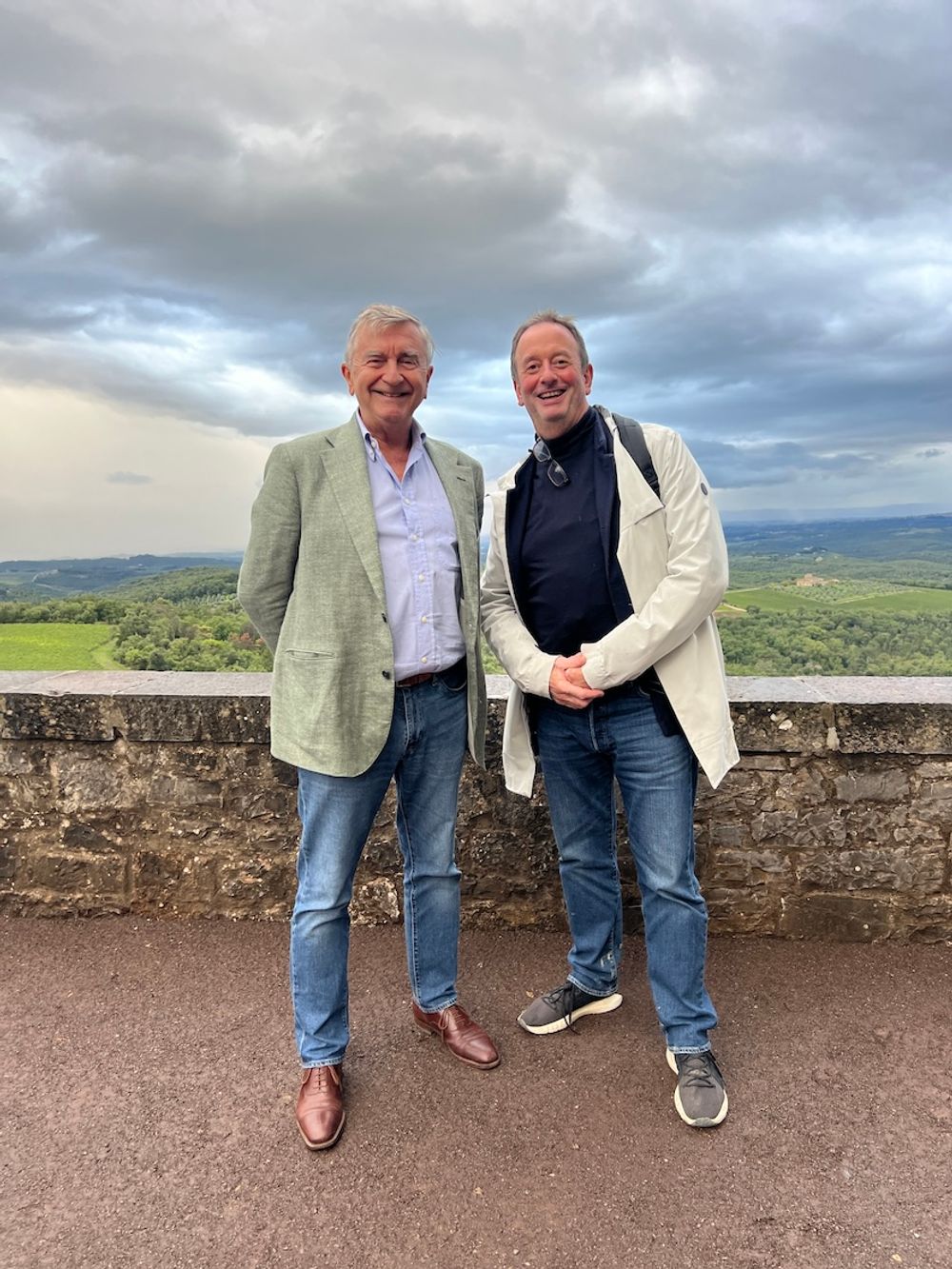
Overlooking the vineyards from the Castello - Barone Francesco Ricasoli and Peter Dean (l-r)
A warm, generous man who has the air of relaxed confidence that comes from having little to prove, Francesco commands respect. And so he should. Although he is president and owner of the fourth oldest winery in the world (and one of the ten oldest businesses in the world) he has not been handed down this awesome 120 hectare estate on a plate.
Thirty-two years ago he decided to abandon a lucrative career in high-end still life photography snapping “sunglasses, pasta and motorbikes” to engineer a buyout of the 1200 hectare estate and bring it back under family control.
Under the previous owner Ricasoli had lost its once-great status – as the original ‘inventor’ of Chianti Classico – and was slipping into mediocrity. Francesco was determined to change that.
After the buyout, he started literally from the ground up, commissioning a zoning study of the estate’s soils, a process that took three years to complete and which identified 19 different types of soils. “I asked them to simplify it,” he smiles “to five main soil types.”
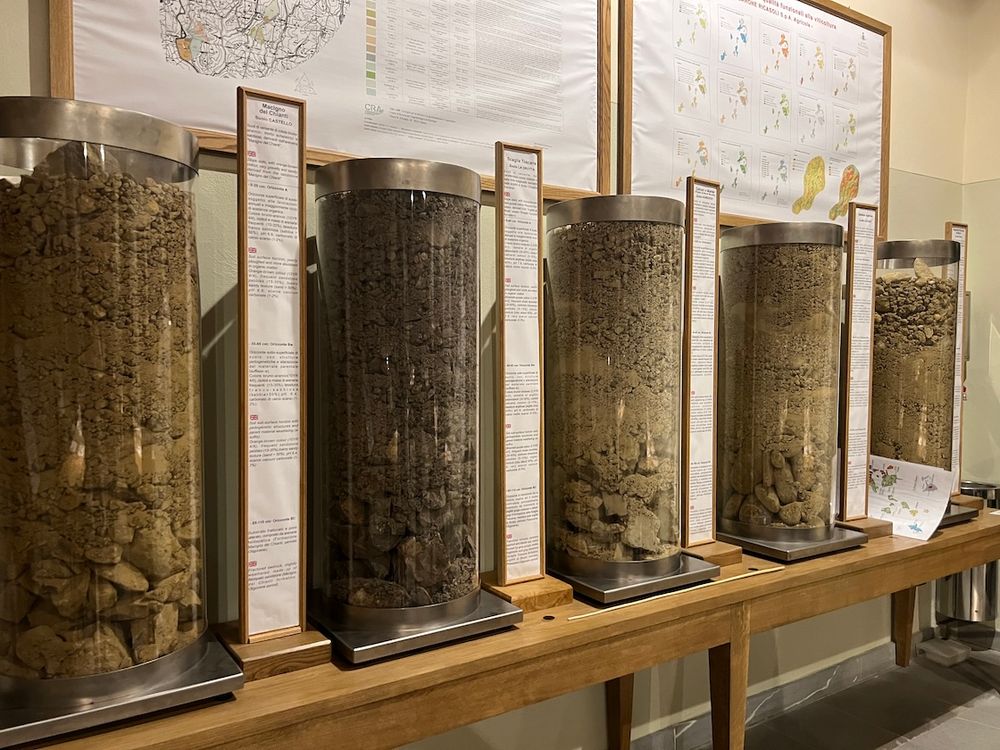
Five key soil types - the understanding of which has underpinned the direction of the estate's rebirth
Giant displays of these soil samples sit in the bowels of the winery and are the bedrock for informing the production of the estate’s top Gran Selezione wines: three Sangiovese cru wines – CeniPrimo, Roncicone and Colledilà – the 100% Merlot Casalferro, and the flagship wine Castello di Brolio which is only made in the best vintages.
As well as soil diversity, the changes in altitude across the estate whose vineyards range from 220 to 500 metres above sea level, plus different exposures and proximity to various flora and fauna has resulted in 170 separate parcels – each producing grapes with specific characteristics.
“It is so unique, such diversity, that it gives us an amazing array of possibilities,” he says.
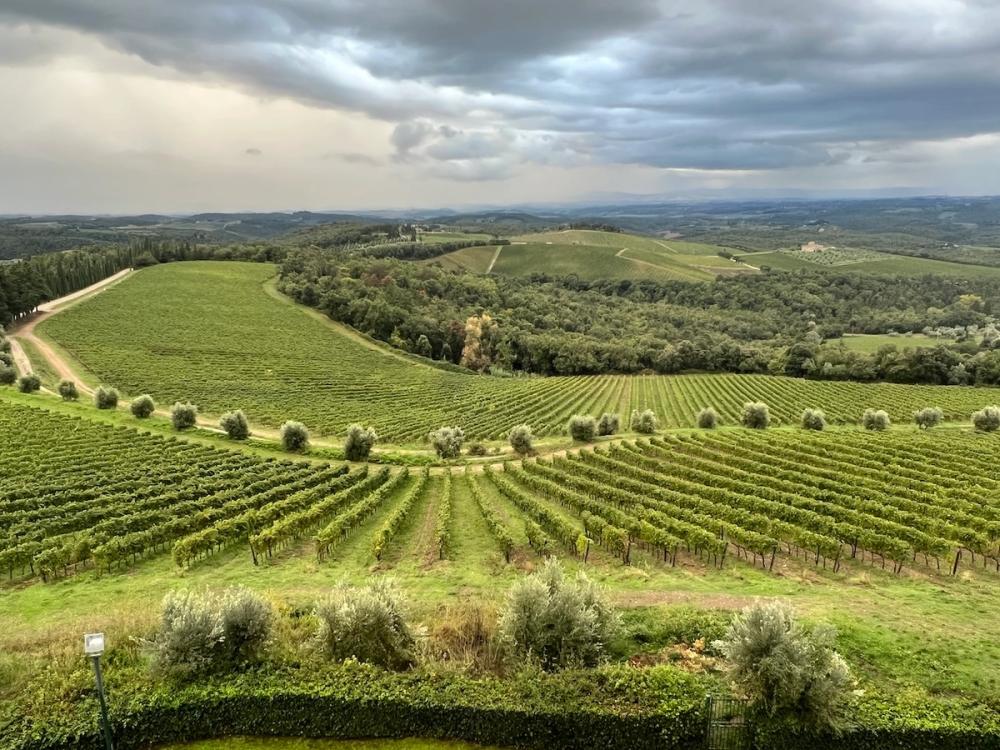
Overlooking the vineyards close to the castle (the white road on the left is where the L'Eroica poster was taken)
For the love of Sangiovese
Although Ricasoli produces 18 wines, two grappas and a selection of olive oils, it is the Gran Selezione wines that Francesco and now daughter Sofia choose to spotlight in the four times I have tasted with them. Introduced relatively recently, the three crus are fascinating because they are three wines whose differences are solely down to the types of soil the vines grow in – like different facets of the same jewel, the jewel that is Sangiovese.
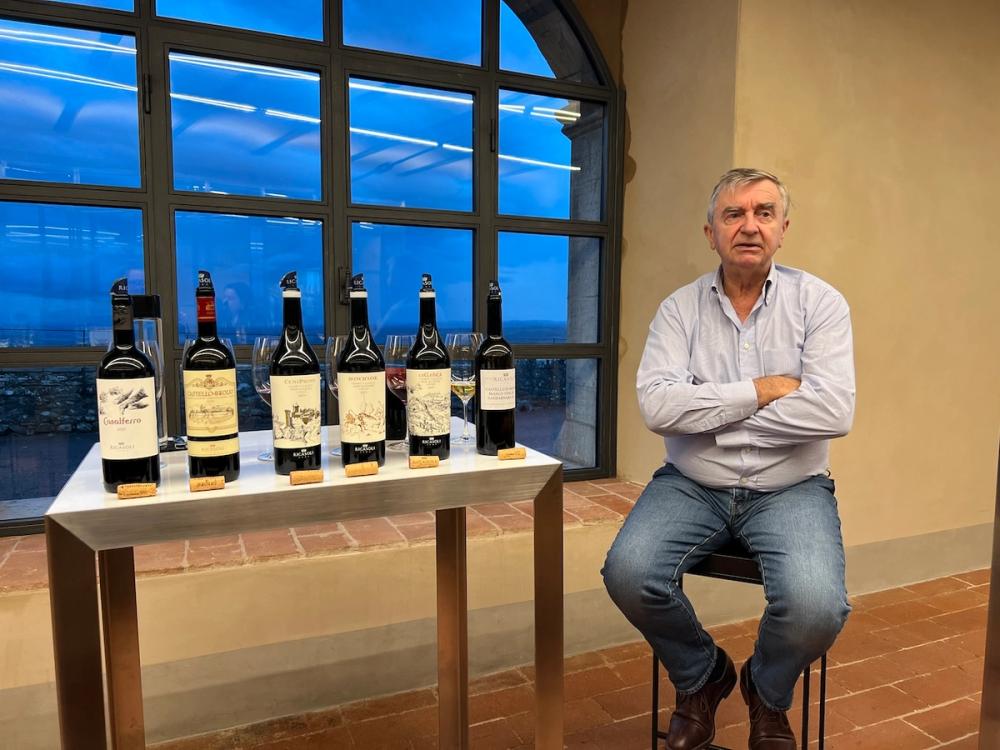
Honoured to be the first person to taste in the newly constructed tasting room. Pictured September 2024
The first cru Colledilà was introduced in 2007 and the other two, CeniPrimo and Roncicone in 2015, one year after Chianti Classico Gran Selezione was born as a category. Further reinforcement of the link between the wines and their territory was introduced with the 2020 vintage where Gaiole appeared on the labels for the first time – the UGA (Unità Geografiche Aggiuntive) of Gaiole being one of 11 recognised areas within the boundaries of Chianti Classico.
This demarcation of territory and the winemaking styles themselves have become more and more Burgundian over time, as witnessed also in Piedmont, of course. Having tasted these three Sangiovese crus over the years it is clear that the project is going from strength to strength, the wines being made with increasing finesse and elegance.
The fruit for all three crus is hand-harvested, the wines then spend 22 months in 500-litre tonneaux of which 30% is new, 70% second passage and then the wines spend at least six months in bottle prior to release.
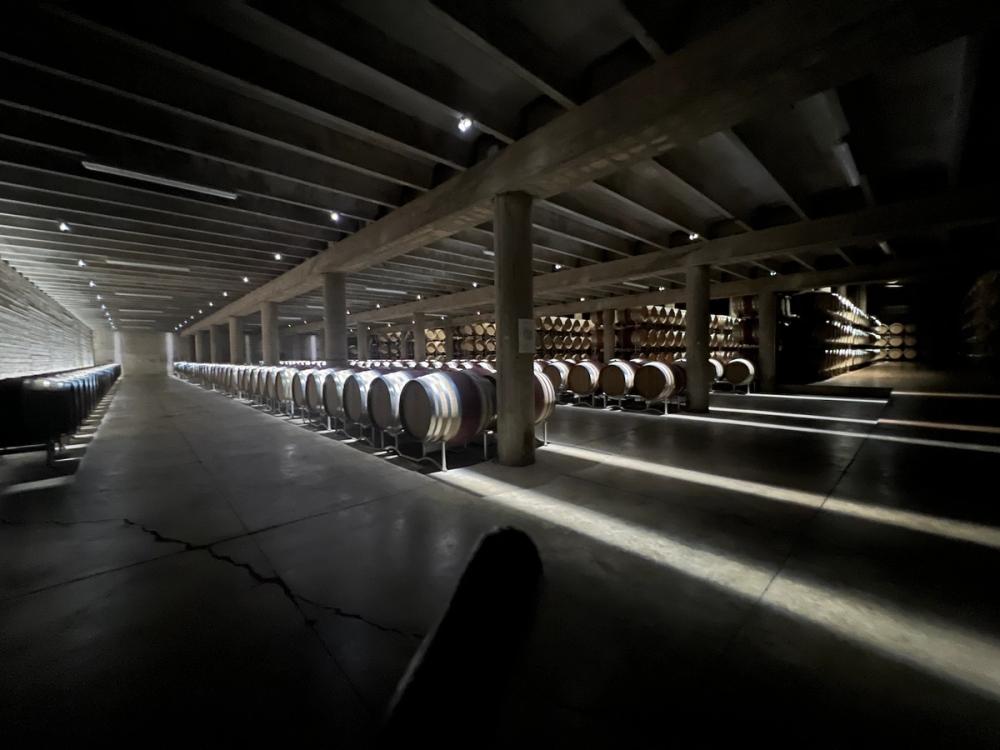
The renovated barrel room in the town of Brolio
The Colledilà vines are planted on the ‘alberese’, a chalky soil type which lends the wine real elegance, the Roncicone vines are planted on land formed by marine deposits from which fossils and lignite emerge which lends the wine real sapidity and the CeniPrimo vines are planted in the southernmost part of the property in silty deposits from an ancient river terrace which lends the wine a velvety texture and intense, balsamic notes.
The new 2022 vintage was a tricky growing season in Chianti marked by extreme heat and prolonged drought. Well-timed, gentle rainfall in August saved the harvest, bringing the vines back to life and getting the fruit to phenolic ripeness just in time for harvest. The winemaking team also credits the work in the vineyard – meticulous canopy management, careful pruning and soil cultivation – and a light touch in the cellar for the wines’ success; macerations were shorter to preserve elegance and finer tannins, alongside the use of new oak barrels with a deeper toast to enhance complexity.
Although each cru has its individual characteristics, all three had purity, clarity, vibrant fruit and silky, persistent structure. 2021 is a tough act to follow, but I would say the level of the 2022s is closer to the 2020s.
Apart from differing from vintage to vintage (as you would hope), one thing to note is that the wines evolve massively in the glass after they're decanted. Interestingly, at the end of the tasting dinner evening with Sofia, to present the 2022s a show of hands was taken and preferences were evenly split amongst the guests with the wine critics more in favour of the more austere, acidity-driven Roncicone.
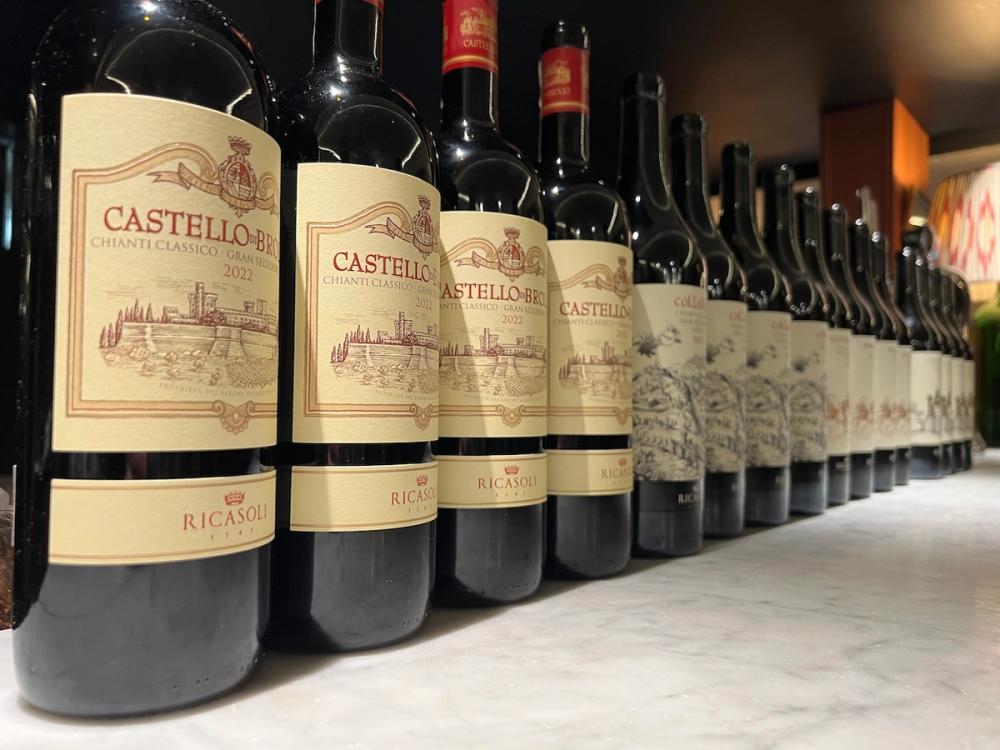
Tasting the 2022s, Bentley's, London, September 15, 2025
Personally speaking I normally prefer CeniPrimo, although my wine of the tasting was the Castello di Brolio 2022 which was simply lovely. The wine is made in the same way as the cru wines, the one exception being that the wine is a blend of fruit coming from three different soil types – sandstone, Alberese and Galestro. The wine has elegance like the crus but its characteristic concentration and structure gives it more breadth on the palate in the 2022 vintage. Floral, ripe, and more nuanced with fruit, pipe tobacco, cedar and wild thyme notes. Very impressive.
We also tasted on the night the 2020 Sanbarnaba which is a long, skin-aged Trebiano – this vintage being held back until the team felt it was drinking right. Deliciously oleaginous, with saffron and marmalade notes, this is a gorgeous by-the-glass aperitif wine or one that would sit well on a wine-pairing list. We also concluded with a 2014 Vin Santo which was just yummy.
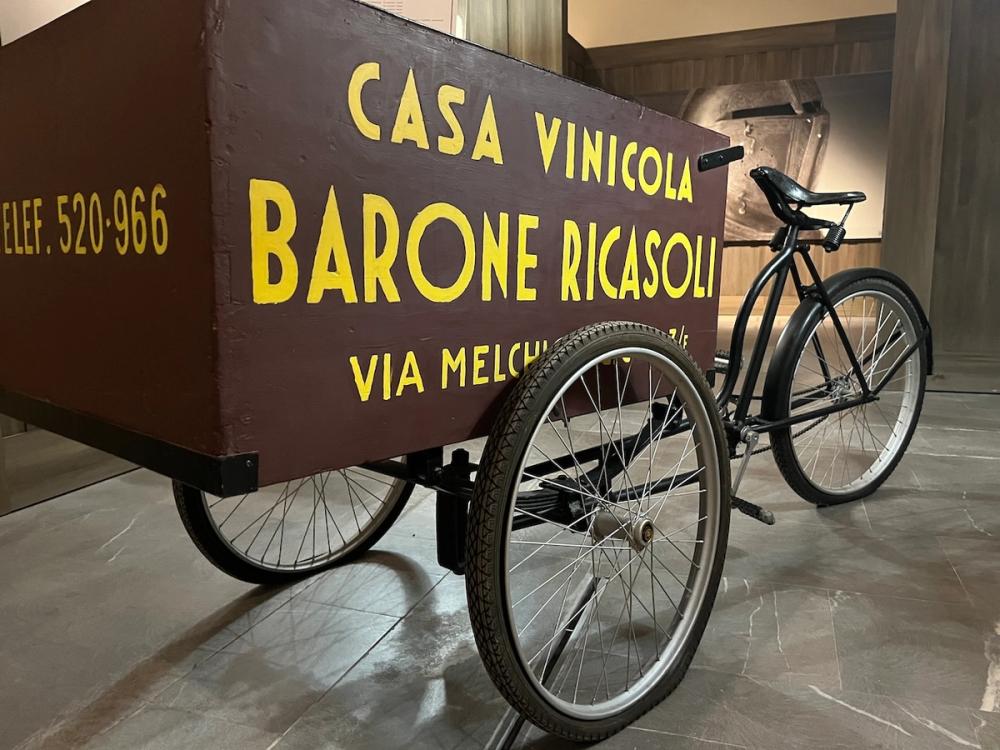
Vintage delivery bike at the winery
The wines of Ricasoli are imported and sold in the UK through Fells, which is a commercial partner of The Buyer. To discover more about them click here.
Many thanks also to Think Thurner who arranged the visit to the estate in 2024.


